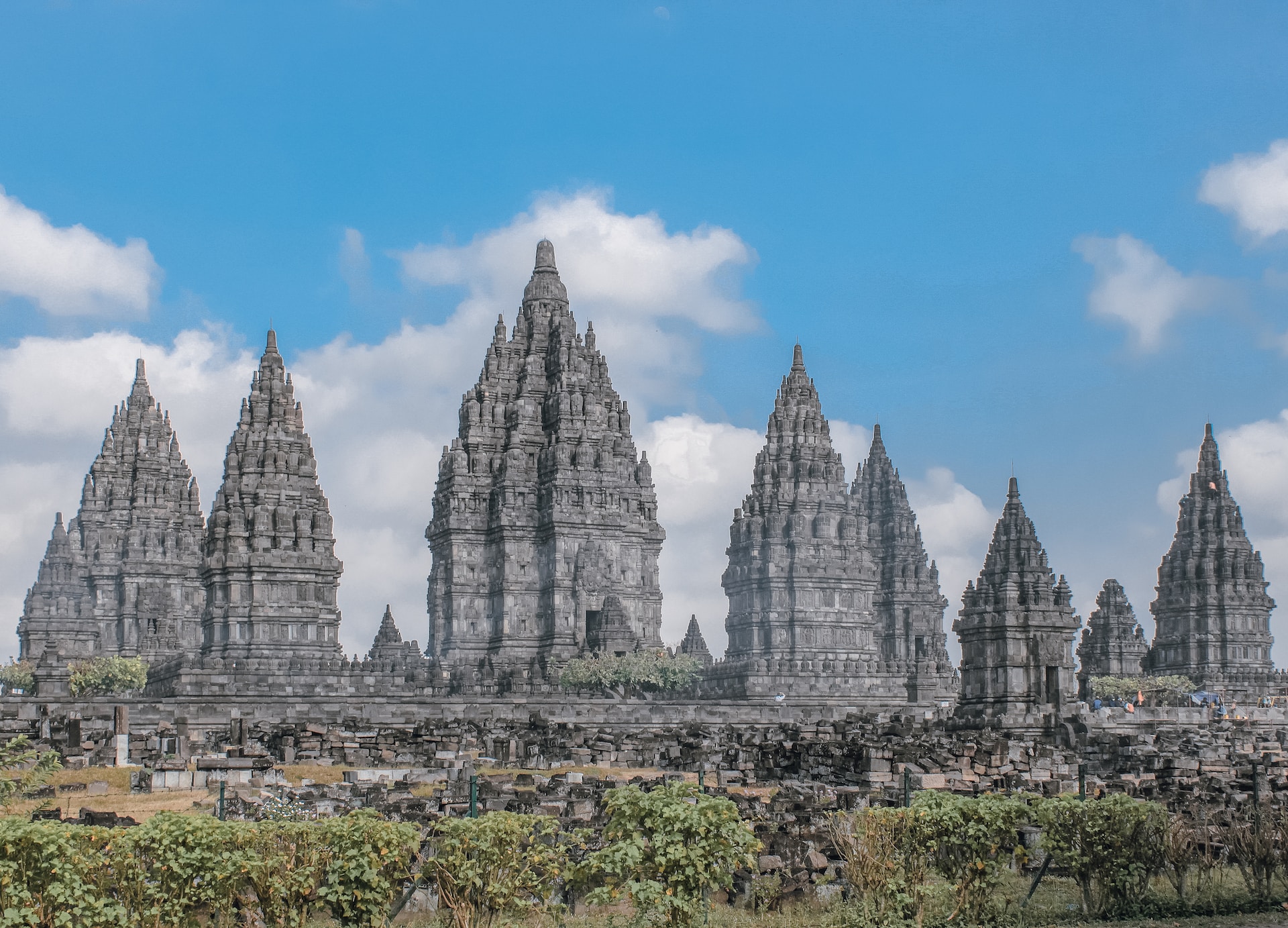Yogyakarta: The Cultural Heart of Java
Nestled in the heart of Indonesia’s Java island, Yogyakarta, commonly known as Jogja, is a city that exudes a captivating blend of history, tradition, and modernity. With its rich cultural heritage, vibrant arts scene, and proximity to breathtaking natural wonders, Yogyakarta has become a must-visit destination for travelers seeking an authentic and immersive experience in Indonesia.
A Glimpse of Yogyakarta’s History and Heritage
Yogyakarta boasts a royal legacy that dates back centuries. It was the seat of power for the Mataram Sultanate, and its history is closely tied to the rise and fall of Java’s mighty kingdoms. Today, remnants of this illustrious past are visible in the form of ancient temples, palaces, and traditional Javanese architecture.
The Kraton: A Living Palace
At the heart of Yogyakarta lies the Kraton, the magnificent palace of the Sultan of Yogyakarta. This grand complex is not just a historical site but also a living cultural center where the royal family continues to uphold and promote Javanese traditions.
Prambanan Temple: A Masterpiece of Hindu Architecture
A short distance from the city stands the awe-inspiring Prambanan Temple, a UNESCO World Heritage Site. This majestic temple complex, with its towering spires and intricate carvings, is a masterpiece of Hindu architecture and a testament to the region’s ancient past.
Borobudur Temple: A Buddhist Wonder
A short drive from Yogyakarta leads to Borobudur, the world’s largest Buddhist temple. This monumental structure, adorned with captivating reliefs and stupas, offers a spiritual journey and breathtaking sunrise views over the surrounding landscapes.
Embracing Yogyakarta’s Artistic Soul
Yogyakarta has long been a hub for art and creativity, nurturing talented artisans and performers across various disciplines.
Wayang Kulit: The Art of Shadow Puppetry
Wayang Kulit, or shadow puppetry, is an ancient Javanese art form that has preserved its allure over the centuries. Performances are accompanied by traditional gamelan music and often depict stories from the Ramayana and Mahabharata epics.
Batu Cerme Cave: A Hidden Artistic Gem
For art enthusiasts seeking something off the beaten path, Batu Cerme Cave houses ancient rock paintings, revealing the artistic expressions of Yogyakarta’s early inhabitants.
Contemporary Arts and Street Murals
Yogyakarta’s streets are adorned with colorful murals, graffiti, and contemporary art pieces, showcasing the city’s thriving urban art scene.
The Melting Pot of Javanese Cuisine
Yogyakarta’s culinary scene is a delightful fusion of flavors, influenced by diverse cultures and traditions.
Gudeg: The Iconic Dish
A trip to Yogyakarta would be incomplete without savoring Gudeg, a traditional dish made from young jackfruit stewed in coconut milk, palm sugar, and an array of spices.
Javanese Street Food Delights
Exploring the city’s vibrant street food scene introduces visitors to a variety of mouthwatering treats, from savory satay to sweet jajan pasar.
Exploring the Natural Wonders
Beyond the city’s cultural riches, Yogyakarta offers easy access to some of Indonesia’s most stunning natural landscapes.
Mount Merapi: A Fiery Encounter
Outdoor enthusiasts can embark on an exhilarating trek to the summit of Mount Merapi, an active volcano known for its awe-inspiring views.
Jomblang Cave: A Journey to the Depths
Descend into the depths of Jomblang Cave and be mesmerized by the captivating “Light of Heaven,” a stunning natural phenomenon that occurs within the cave.
Shopping for Local Treasures
Yogyakarta’s bustling markets and artisan workshops are perfect for picking up unique souvenirs and traditional handicrafts.
Malioboro Street: The Shopper’s Paradise
Malioboro Street, the city’s main shopping thoroughfare, is lined with shops and stalls offering a wide array of goods, from batik textiles to local handicrafts.
Getting Around Yogyakarta
The city’s compact size and excellent transportation infrastructure make it convenient for visitors to explore its various attractions.
Conclusion
Yogyakarta, the cultural heart of Java, offers an enriching journey through Indonesia’s history, art, and culinary heritage. From ancient temples to modern street art, from traditional performances to contemporary creativity, this vibrant city welcomes travelers with open arms, inviting them to delve into the essence of Javanese culture. A visit to Yogyakarta promises an unforgettable experience, leaving indelible memories of a land steeped in tradition and brimming with artistic splendor.
FAQs
- What is the best time to visit Yogyakarta? The dry season, from April to October, is the ideal time to visit when the weather is pleasant for exploration and outdoor activities.
- How can I travel to Yogyakarta from other Indonesian cities? Yogyakarta is well-connected by air and train services from major cities like Jakarta, Bali, and Surabaya.
- Are there English-speaking guides available at the historical sites? Yes, most historical sites have English-speaking guides who can provide insightful information about the cultural significance and history of the landmarks.
- Is it safe to trek Mount Merapi? While Mount Merapi is an active volcano, trekking is generally considered safe with experienced guides. Always check the latest safety conditions before embarking on the trek.
- Where can I buy authentic batik textiles in Yogyakarta? Malioboro Street and the Beringharjo Market are excellent places to find authentic batik textiles and other local handicrafts.


Comments are closed.